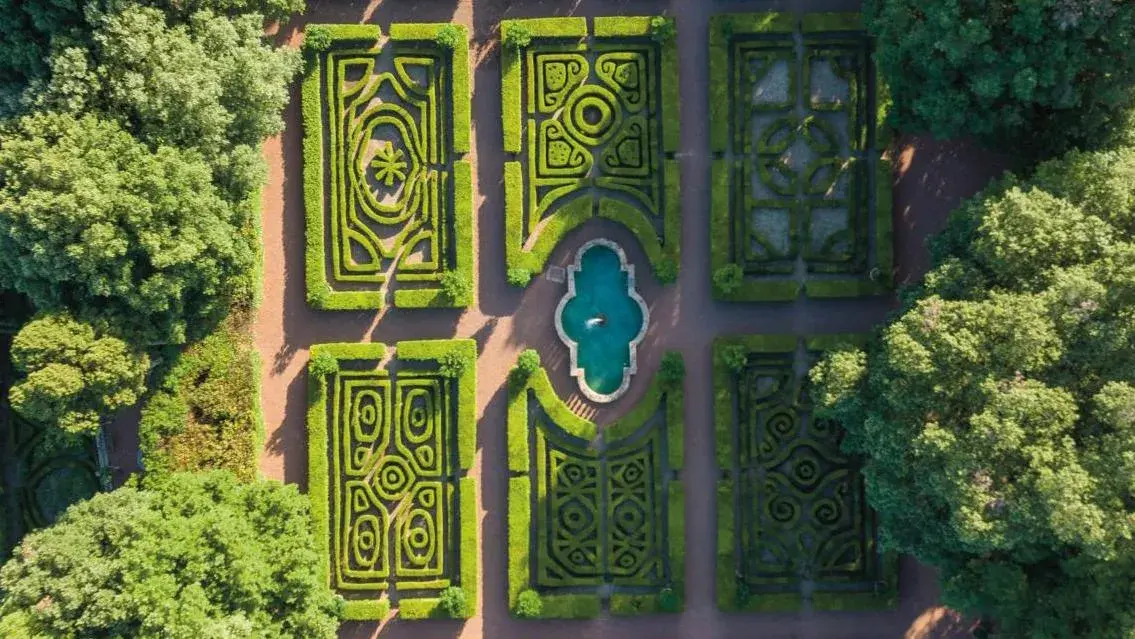The Renaissance Garden of the Castello Ruspoli Near Rome
Published on

The medieval Ruspoli fortress in the Roman campagna, which was converted into a princely residence in the 16th century, boasts one of Europe’s best-preserved Renaissance gardens. It has remained intact since the 18th century. © castelloruspoli At first glance, the four imposing corner towers and deep moat recall the original purpose of the Castello Ruspoli, 70 kilometers north of Rome. It was built as a medieval fortress to protect Tuscia, a part of central Italy that includes some of the areas once under Etruscan influence. The earliest records of a castle on this site date back to 847, before it became a Benedictine convent around









